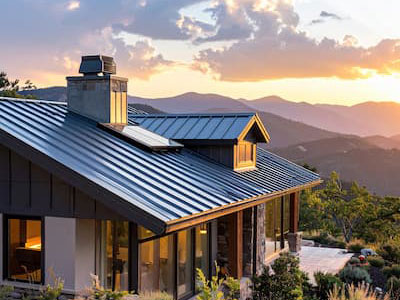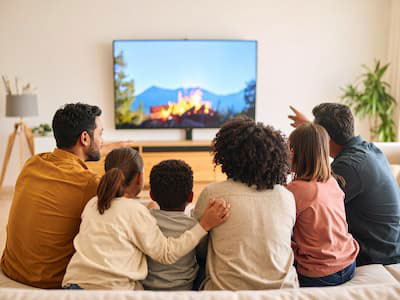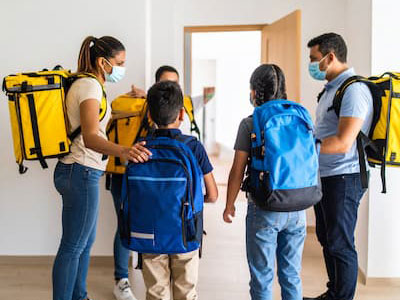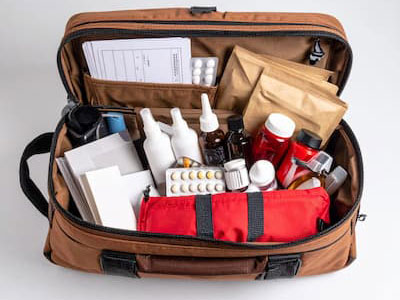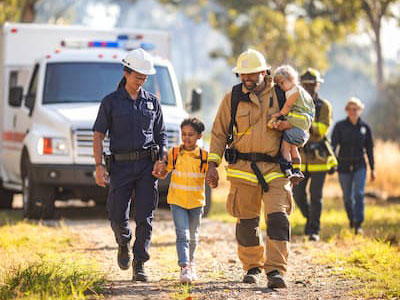Home hardening involves making your home more resistant to wildfires by using fire-resistant materials and designs. Key areas to focus on include:
- Roofing: Use Class A fire-rated materials like metal or asphalt shingles.
- Vents: Install 1/8-inch mesh screens to block embers.
- Windows: Opt for dual-pane, tempered glass to withstand heat.
- Siding: Choose non-combustible materials like stucco or fiber cement.
Implementing these measures can significantly reduce your home’s vulnerability. For detailed checklists, visit IBHS Wildfire Prepared Home or explore our prevention tips.

